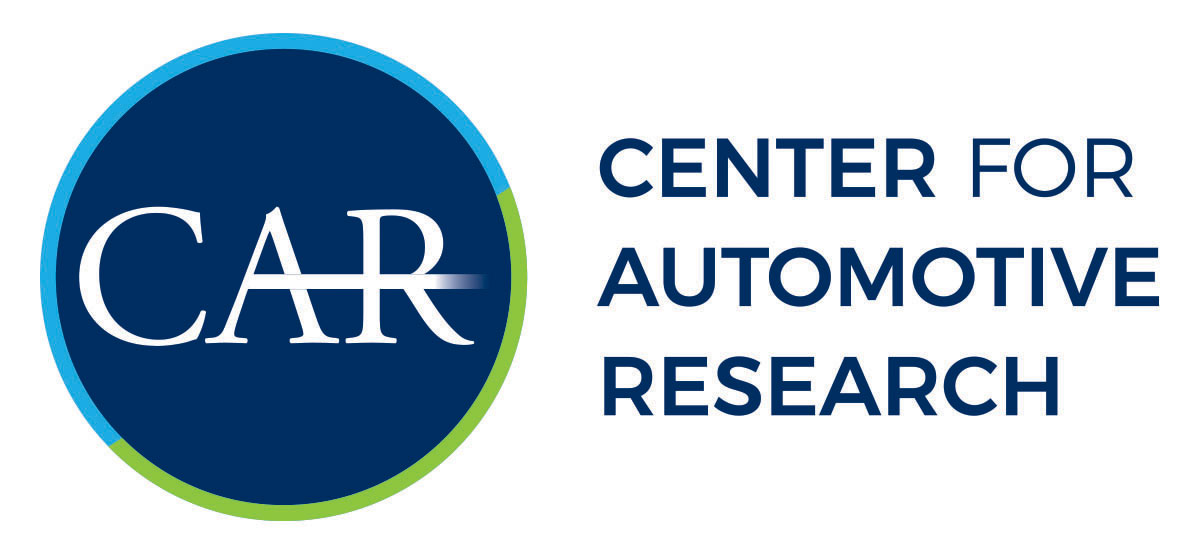Sep 1, 2002
Many tool and die makers have gone bankrupt during the first years of the new millennia. This study was commissioned to better understand the underlying causes for the demise of these shops.
This report was sponsored by the Michigan Economic Development Corporation.
Sep 1, 2002
The Revenue Acquisition (RA) process is the core business process by which a company drives its product portfolio – and its top and bottom line. RA determines what new business a company acquires, what products it drops, how prices are set and what profit margins it hopes to realize.
Aug 1, 2002
There is no fixed “official” definition for the concept of high tech. At different times various organizations and individuals have issued such labels as the “new category,” “information age,” “Internet economy,” “dot.com economy,” “web economy,” “silicon states,” or cyber-states,” and so on.
This report was prepared for the Michigan Economic Development Corporation
Apr 1, 2002
The ownership shares of a majority of major automotive firms have been publicly traded for many years. As a result, the managers of public automotive firms are committed to the goal of maximizing shareholder value through growth in earnings and/or providing the highest possible rate of return on invested capital.
A study prepared by the Center for Automotive Research for Accenture.
Jan 1, 2002
For the Canadian and U.S. automotive industries, the internal crossing points of the Ambassador Bridge and the Windsor Tunnel (Detroit-Windsor); the Blue Water Bridge (Port Huron-Sarnia), and the Peace Bridge (Buffalo-Fort Erie) are the critical connecting points within the logistics chain that support new light duty vehicle shipments of pproximately US$4801 billion (the value of the products shipped from assembly plants) between the two countries. Automotive trade flowing between the two countries in 2000 was US$43.6 billion of vehicles and US$34.6 billion of automotive parts.
Jan 1, 2002
Companies in today’s automotive industry are under immense competitive pressure to reduce the length of their product development cycle from initial concept to begin of high-volume manufacturing.
From the publication: Engineering Self-Organizing Systems: Methodologies and Applications
Sep 1, 2001
In 1998, Andersen LLP undertook a three-year study of 10,000 firms to determine the underlying drivers of value creation.
This study was prepared for Andersen LLP.
